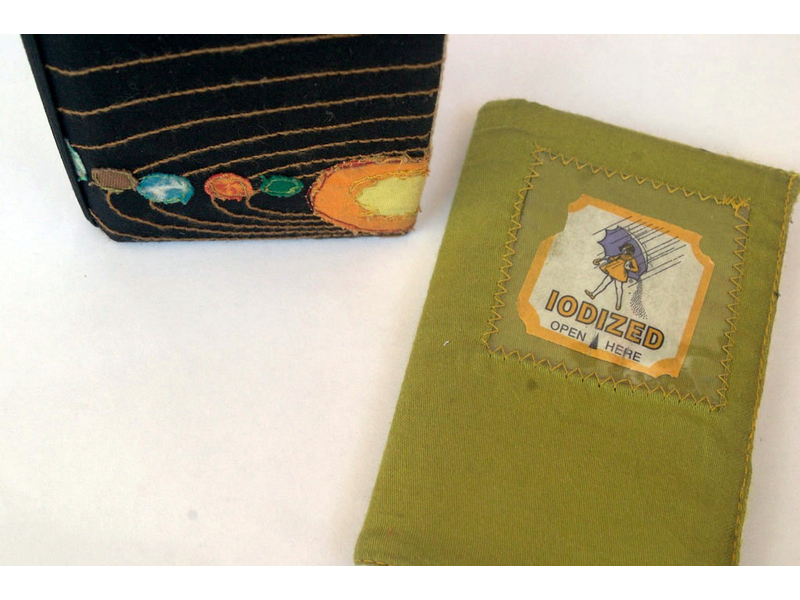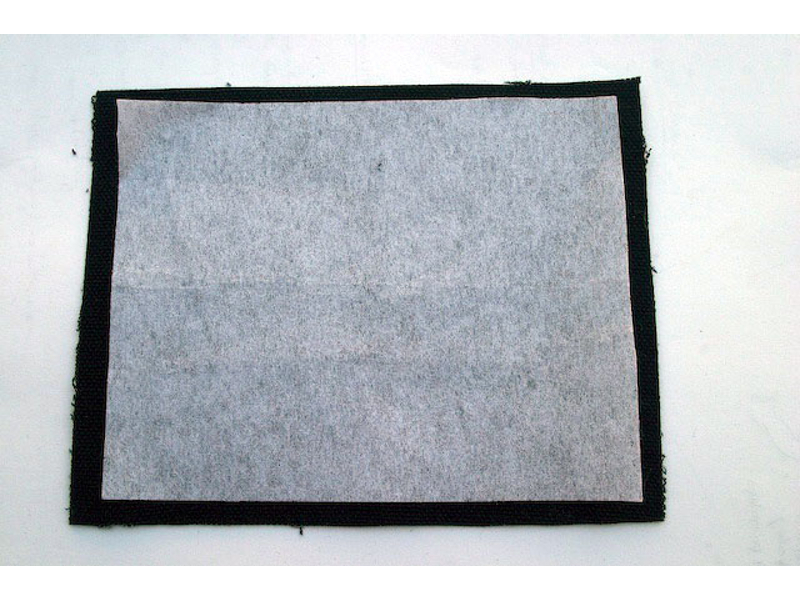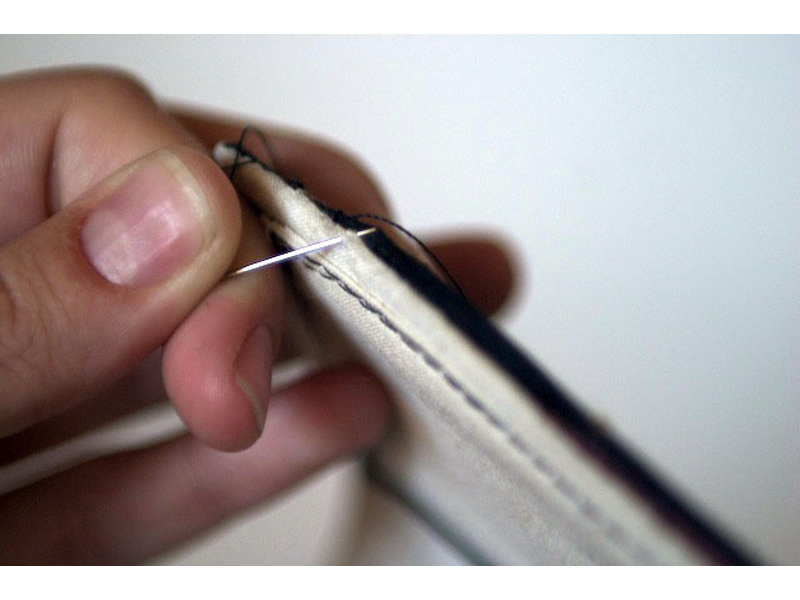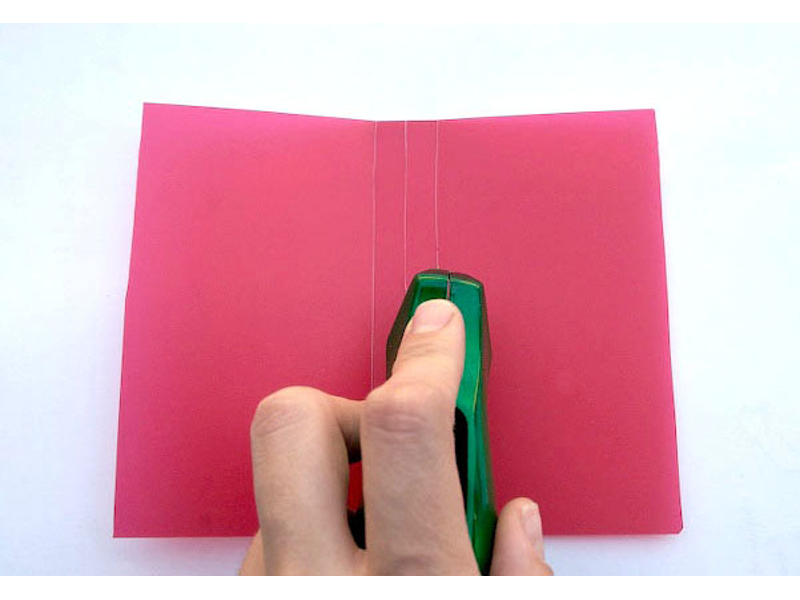Moleskine notebooks have been popular for some time now, and for good reason: they are small and convenient, and can help even the most scatterbrained people stay organized. Of course, no Moleskine is complete without some personalizing modifications, but why rely on a few stickers to do the job when you can make the whole notebook from scratch?
Consider these instructions as a basic starting point for your own wallet-sized notebook. Potential must-have modifications are endless: a pen loop, a clasped pocket, a page marker … you get the idea. In addition to numerous personalization possibilities, it’s easy to transfer the booklet between covers to accommodate your changing stylistic and functional needs.












